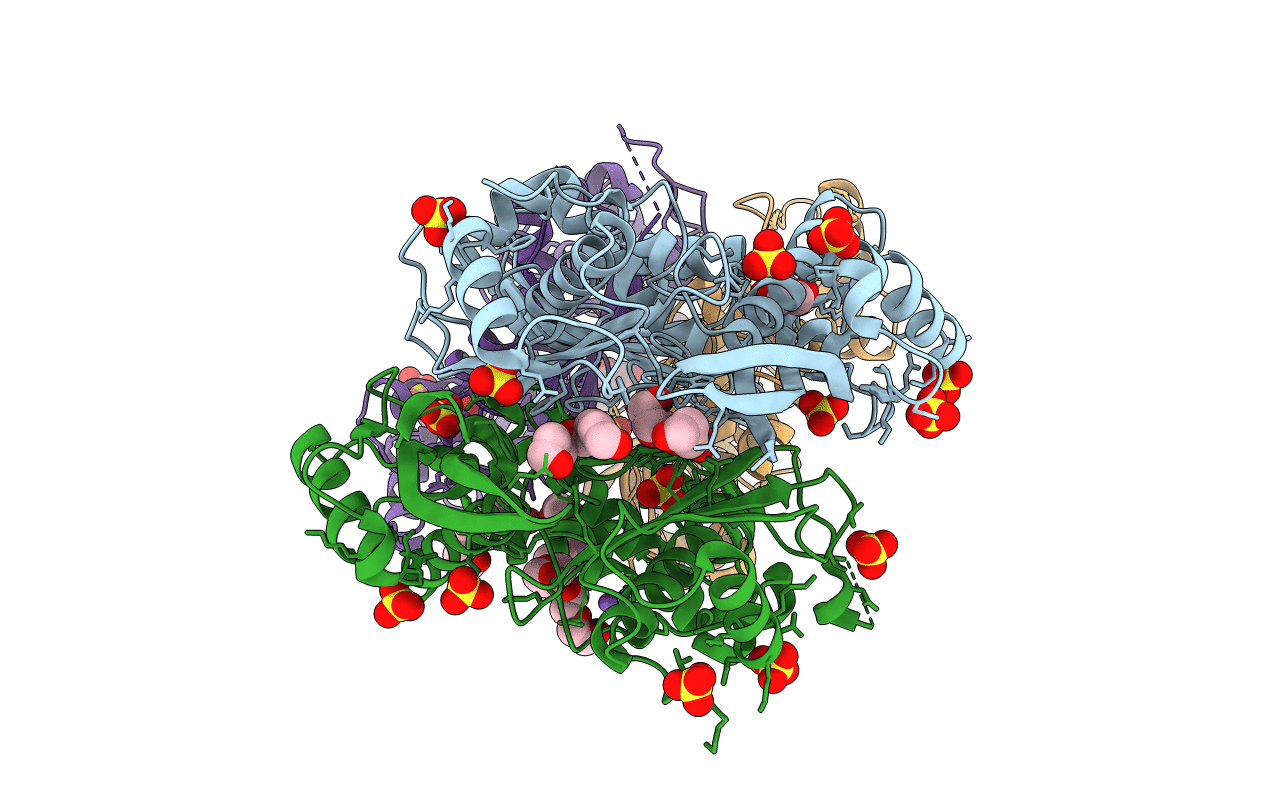
Deposition Date
2018-03-06
Release Date
2019-03-27
Last Version Date
2024-05-08
Method Details:
Experimental Method:
Resolution:
1.79 Å
R-Value Free:
0.18
R-Value Work:
0.17
R-Value Observed:
0.17
Space Group:
P 1 21 1


